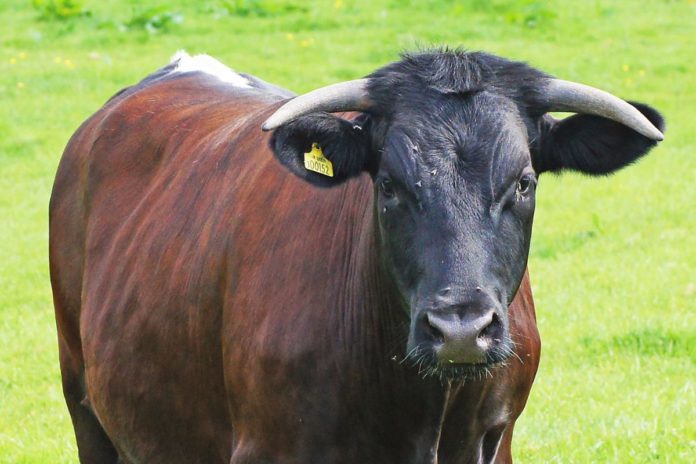Rare Breeds Survival Trust (RBST) has published its new watchlist.
It has changed its methodology to provide a holistic view of each breed’s outlook, reflecting robust measures of the genetic diversity within each breed, not just the numbers of breeding females registered as previously used.
It has presented the new watchlist in a more straightforward style to show priority and at-risk breeds clearly.
“The outlook for many of the UK’s rare native breeds has remained broadly unchanged, thanks to continuing interest from new breeders, the commitment of dedicated breed societies, conservation programmes at the 25 RBST-accredited farm parks, and generous public support for RBST’s work.”
However, the watchlist also shows that there remain a significant number of Priority breeds.
According to the spokesperson, the outlook is of particular concern, with ongoing trends of very low populations and lack of genetic diversity.
Rare Breeds Survival Trust watchlist – These breeds include:
- Gloucester cattle – famous for the crucial role of Gloucester dairy cow Blossom in Edward Jenner’s 1796 experiment, paved the way for the first vaccine. Breeding numbers have been low but consistent for some years, but herd numbers have declined significantly from 54 herds in 2006 to 27 herds in 2020.
- Tamworth pigs – the closest living relative of the Old English Forest Pig. In 2020 there were only 29 herds that registered offspring in the year, down from 66 in 2010. Female registrations in 2020 were 125, down from 268 in 2010.
- Cleveland Bay Horse – England’s oldest breed of horse and Yorkshire’s famous coach horse, breeders include Her Majesty the Queen at the Royal Paddocks, Hampton Court. 13 breeders registered progeny in 2020, falling from 22 in 2018.
- Eriskay ponies – the small but strong working ponies of crofters on the Western Isle of Eriskay. In 2020 7 females were registered, a very low number but a significant increase from 2 in 2018. Six herds registered progeny in 2020, up from 2 in 2018.
- Old English Goat – often called the “original smallholder’s goat” because of its popularity with smallholders in the 19th Century. With an estimated population of just 74 living adult females in 2019/2020, the breed is now the rarest UK native breed of goat.
Improving outlook for their survival
RBST chief executive Christopher Price says:
“Farming with rare and native breeds has become increasingly attractive over the past few years, as consumers place a premium on great tasting, locally sourced meat that is kind to the natural environment and based around high standards of animal welfare.”
“At the same time, we have seen government policy starting to reflect the value of our native breeds to maintaining our natural environment and promoting biodiversity.”
“The new watchlist more clearly shows several breeds which are at-risk but with an improving outlook for their survival well into the future.”
These include:
- Traditional Hereford cattle;
- British White cattle;
- Oxford Sandy and Black pigs;
- New Forest ponies;
- Bagot goats;
- Golden Guernsey goats;
- Leicester Longwool sheep;
- Boreray sheep;
- Greyface Dartmoor sheep.
“However, there are breeds in all our livestock and equine categories which remain a priority. We are working closely with breed societies and RBST-accredited farm parks to improve their position with vital conservation programmes.
“Last year’s births were largely the result of pre-pandemic breeding programmes, so we will be keeping a very close eye over the coming months on the impacts of last year’s restrictions, particularly on the equine breeds,” Prince concluded.





